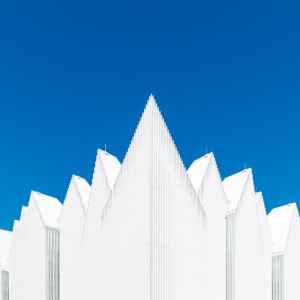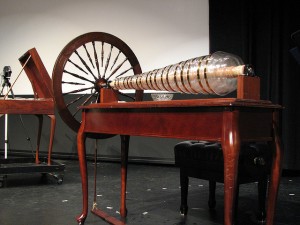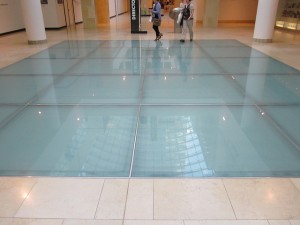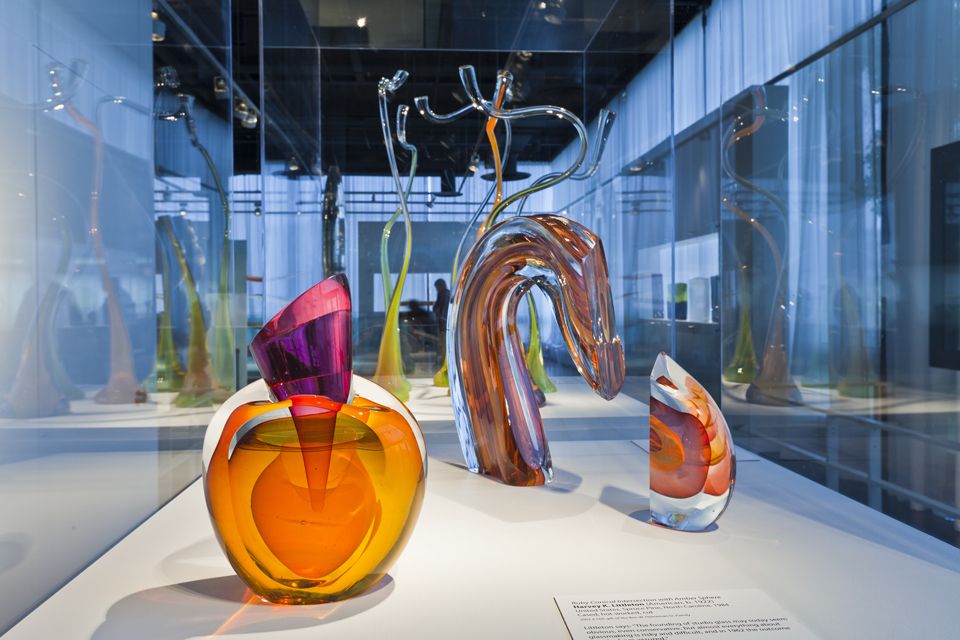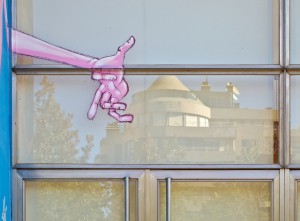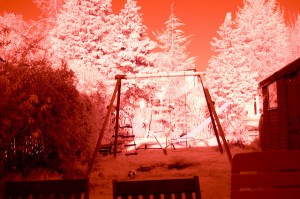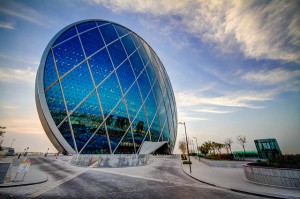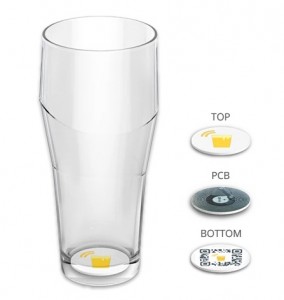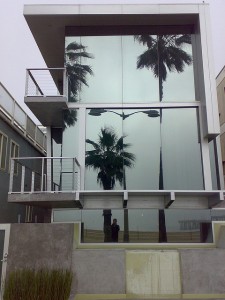Iconic Glass Structures – Philharmonic Hall, Szczecin, Poland
Philharmonic Hall in Szczecin, Poland was opened in 2014 as the second home of the Mieczysław Karłowicz Philharmonic Orchestra, which was founded in 1948. The building received the 2015 Mies van der Rohe Award, the European Union Prize for Contemporary Architecture. The building’s unique translucent ribbed glass façade and multi-pointed roofline give the building a visually striking, ghost-like appearance.
The building was built as a permanent replacement for the Konzerthaus, a building that was destroyed during World War II. The Philharmonic Hall is built on the former site of the Konzerthaus.The architects, Barozzi Veiga, of Spain, designed the building to blend in with much older existing structures that had survived the war. The building is 13,000 square meters and its exterior is covered with glass panels.
While the shape of the building was designed to complement existing structures, the translucent glass cladding and aluminum stripping allows the building to stand out. During the day, the building appears to be opaque white. At night, the lights from the hall illuminate the building, giving it a warm glow. The interior of the building makes heavy use of white. The majority of the interior is white. The symphony hall and the chamber music hall are two exceptions. The symphonic hall is predominantly gold. The chamber music room is mostly black.
The building – minus the symphonic space – is lit by skylights and natural light during the day. The auditorium is sculpted to enhance the orchestral experience. In addition, the building also has a smaller space for chamber music and spaces for conferences and exhibitions. The orchestra hall seats about 950 guests. The chamber music room seats about 200 guests.
The history of Szczecin is long and complicated, but the city was given to Poland in 1945 as a reparation for land lost to the Soviet Union. Most of the city’s population at that time left the city, and Poles resettled there following the war. The majority of the city’s residents would have no recollection of the original Konzerthaus, but welcome the Philharmonic Hall as a part of the city’s evolution.
Glassprimer™ glass paint is a specialized glass coating that bonds permanently to glass surfaces. GlassPrimer also makes a glass surface molecular activator that is designed to work with UV-inkjet glass printing processes. For more information about Glassprimer™ glass paint, please visit the rest of our site. If you’d like to purchase Glassprimer™ glass paint, please visit our online store .
Photo Credit: Maciek Lulko, via Flickr.com

